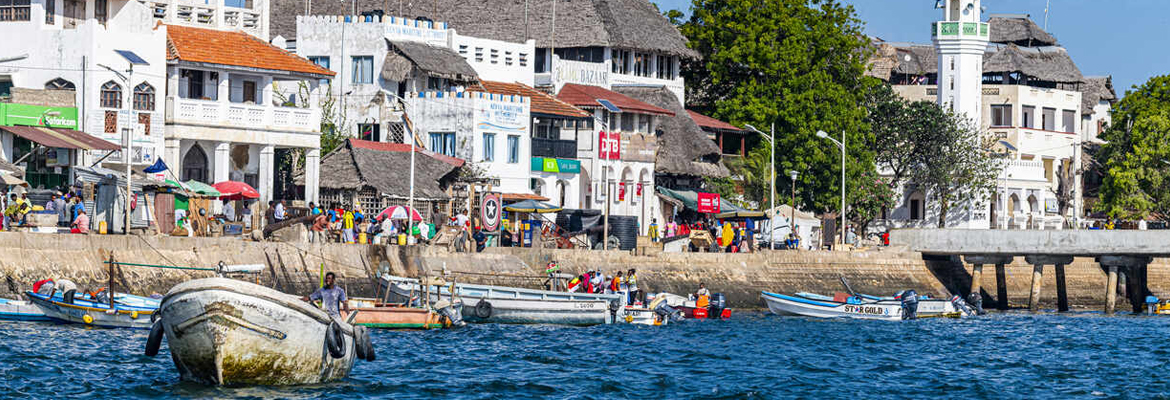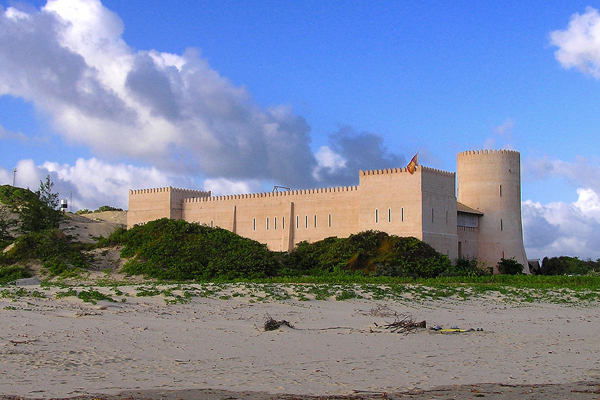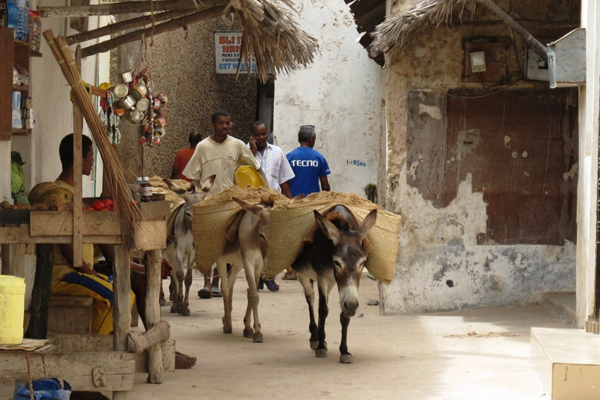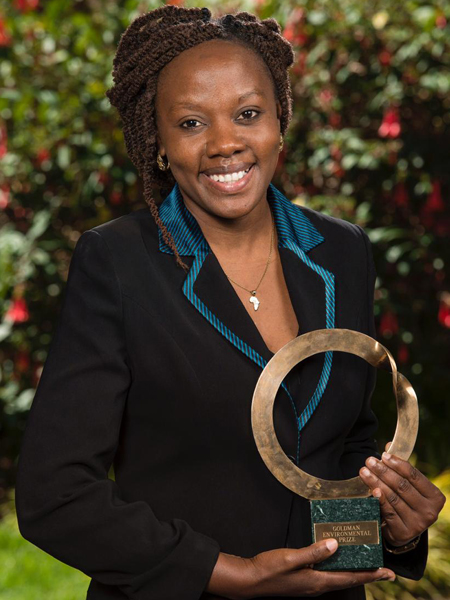



Lamu County
Lamu County is located in the Northern coast of Kenya and is one of six coastal counties in Kenya. It borders Kilifi County in the southwest, Garissa County in the north, republic of Somalia to the northeast and Indian ocean to the south. It lies 1° 40’ and 2° 30’ south and longitude 40° 15’ and 40° 38’ south. The county has a land surface area of 6, 273.1 km that include the mainland and over 65 islands that form the Lamu archipelago.
The modern Lamu has been identified by the Global Heritage Fund in the “Saving our vanishing Heritage” as one of 12 worldwide sites most’ on the verge” of irreplaceable loss and damage, citing insufficient management and development pressure as primary causes. The Jihadists Al Shabaab have caused Lamu insecure for both the locals and the tourists impacting on its economy.
Lamu old town was designated as a UNESCO World Heritage site in 2001, based on the architecture and urban structure of Lamu graphically demonstrate the cultural influences that have come together there over several hundred years from Europe, Arabia and India, utilizing the traditional Swahili techniques to produce a distinct culture.
Lamu is home to the Maulidi Festival, held in January or February which celebrates Mohammed’s birth. It features a range of activities that brings thousands of people to Lamu. Also the Lamu cultural festival features traditional dances, crafts, dhow races etc. with full participation of both men performing Hanzua (sword dance) and Women performing Chakacha (wedding dance).
Traditionally Lamu relied on slave trade until abolition in 1907 and traditional exports such as mangroves, rhinoceros horns, ivory, turtle shells through the Indian Ocean to the Middle East and India. Now Lamu highly relies on Tourism as the main economic activity with others such as fishing and artisan industry, crop production, livestock production, fisheries, mining and quarrying. The Chinese government in collaboration with the Kenyan government have done feasibility studies of developing the largest port (LAPSSET) on the eastern Africa coastline that will greatly boost the economy of Lamu.
The LAPSSET project has posed one of the major challenges to Lamu of population growth owing to the immigration from other parts of the country as people anticipate opportunities brought by the project. Other challenges include Landlessness, poor land management, and insufficient social services including education, insufficient fresh water and food insecurity.
The county is a cosmopolitan population composed of indigenous communities made of the Swahili’s, Arabs, Koreni, Boni and Ormas and migrants from the rest of the country. The county population as projected in 2012 stands at 112,252 persons composed of 58,641 males and 53,611 females. With the youth comprising of 28%, young female of the reproductive age at 22.5% of the county population.
Uncontrolled environmental degradation and effects of climate change negatively impact on the socio-economic development of the county. Human activity is the major contributor to environmental degradation in the county. These activities include deforestation through illegal logging, charcoal burning, forest clearing for agricultural activities, overstocking and subsequent overgrazing, illegal quarrying and water pollution through waste disposal. All these human activities lead to reduction of the reproduction of marine life, desertification, global warming and climate change. (Lamu County Integrated Plan 2013-2017).Ignorance of the people on the importance of environmental management and high poverty levels with low effective management plans in place contribute to the increased environmental degradation.
Literacy levels in Lamu County is estimated at 70% but this proportion represents the highly exposed residents of Lamu west Sub County. Literacy levels for Lamu East are estimated to be less than 30%.There are no tertiary level institutions except 4 polytechnics that are under equipped with poor enrolment.
Poverty-Although the county is endowed with diverse economic resources, poverty in urban centers stands at 45.24% and 28.8% in rural areas. This is attributed to under exploitation of the existing economic resources , basic subsistence level economic lifestyles, unemployment, poor recovery from crippling disaster occurrences and poor access to finance provided by stakeholders support programmes.
Gender-Women form 48% of the population in the county. The county women suffer inequality by not owning land and other properties not being involved in decision making and 30% affirmative action not achieved. Challenges of cultural biasness, discriminative cultural practices, early marriages and triple burden of child-bearing, economic production and home making weigh on women in the county heavily.
Human rights- In Lamu County, the major human rights issues that have been highlighted include judicial harassments and abuse of power by the local police following terrorist’s attacks in the area. An investigative report by the Human Rights Watch and Kenya Human Rights Commission mentioned the police and the security forces failing to respond to protect the citizens, stealing property, selective beatings during operations and poor investigation and prosecution of suspects.
Access to information-Mobile phone network and connectivity has covered 60% of the county with 51% of the residents owning /using a mobile phone. Internet penetration is at dismal 15% of
the entire county.The county has six registered cyber cafes. Television signals are recovered only with support of satellite linkages while radio broadcasts penetration signals are extremely poor.It
is only radio Rahma and Jambo whose broadcasts are accessible.This informs the very low rate of awareness potrayed by the majority of the county residebts and an obvious challenge to
provision of civic education to the public.
The county is rich in minerals including titanium, salt, limestone, natural gas, coral stones and sand.Oil exploration is also ongoing but mining activities is current limited on few locations. To
ascertain the county mineral wealth, there is need to upscale the ongoing geological survey.















